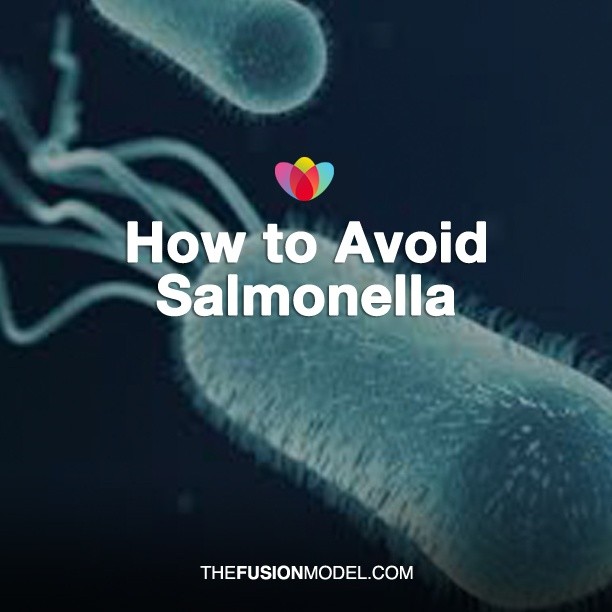If you’re served a piece of chicken that has a pinkish hue, are you immediately paranoid you’ll get salmonella? Turns out, your fears aren’t unfounded: Every year, approximately 42,000 cases of salmonella are reported in the U.S. — but because many milder cases aren’t diagnosed or reported, the actual number of infections may be 29 times greater than that, according to the CDC. However, there are things you can do to reduce your risk. Foodborne-illness expert (and upwave review board member) John La Puma, MD, shares his top tips.
Good: Use Different Cutting Boards
It’s crucial to use different cutting boards for meat and vegetables to avoid salmonella. Why? “Raw meat, poultry, seafood and eggs can contain harmful bacteria that can cause salmonella,” explains La Puma. “Using different cutting boards and utensils for meat and vegetables will prevent cross-contamination.” When you use two cutting boards (ideally color-coded, so you don’t mix them up), the bacteria from the uncooked meat won’t coat and contaminate your otherwise-healthy veggies.
Better: Spice It Up Right
In a study of more than 20,000 food shipments, the FDA found that nearly seven percent of spice lots were contaminated with salmonella. “Salmonella can survive a long time on dried spices, almost all of which are imported,” La Puma warns. “People need to cook spices to kill any bacteria that comes with them.” To further reduce your risk, La Puma recommends growing your own spices (outdoors or in a window herb box, for example), and washing them well. “There’s less chance of contamination that way,” he says. “Salmonella doesn’t get inside the spices; it’s found only on the surface.”
Best: Don’t Rinse Meat
Julia Child may have instructed viewers to rinse raw chicken back in the day, but it turns out that’s not exactly healthy advice. “Washing raw beef, chicken, pork, lamb or veal before cooking it is absolutely not recommended,” La Puma says. “Bacteria in raw meat and poultry juices can be spread to other foods, utensils and surfaces.” In fact, one study found that bacteria already present on chicken can travel up to three feet from where the meat is rinsed, contaminating surfaces across your kitchen. (Ew and double ew.) As if that weren’t bad enough, La Puma says, some bacteria is adhered so firmly to the chicken that no amount of water can dislodge it. His advice? Wash your hands, not the meat. “Before and after handling raw meat or poultry, always wash your hands with warm water and soap for 20 seconds to reduce the risk of cross-contamination,” he says.




